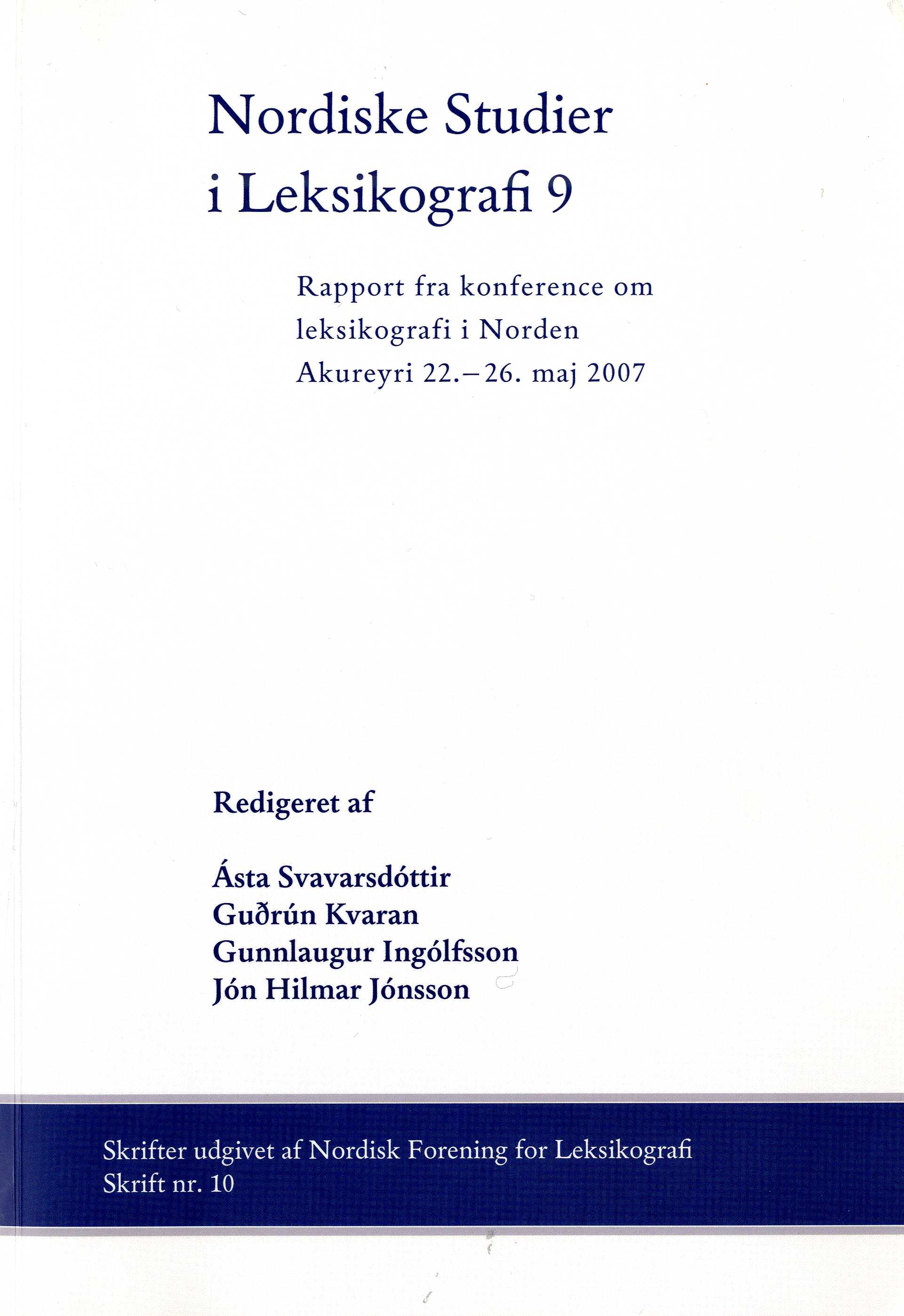Leksikalske huller
Resumé
Everyone thinks lexical gaps are interesting. But they do not appear in our dictionaries. Except for those more trivial cases where the very phenomenon behind a concept does
not exist in a population, e.g. Højnæsbjerget, the name of a steep hill in my home town for which there is no established name in any other language, or Kildeskattedirektoratet, the
tax authorities in the same area. But an English concept like cousin has no established Danish counterpart, and in spite of this being a well-known fact, it is well concealed in our
dictionaries. – I analyse a list of the 1000 most frequent Danish words and find as many as 27 instances where Spanish has a lexical gap, i.e. lacks an equivalent. I try to determine
whether the gaps are due to culture or accidental. But whichever the reason may be, I appeal to all lexicographers not to obscure the gaps, for not only do we have an obligation
to show them in good dictionaries, they are also of high interest for the learned as well as the unlearned.





